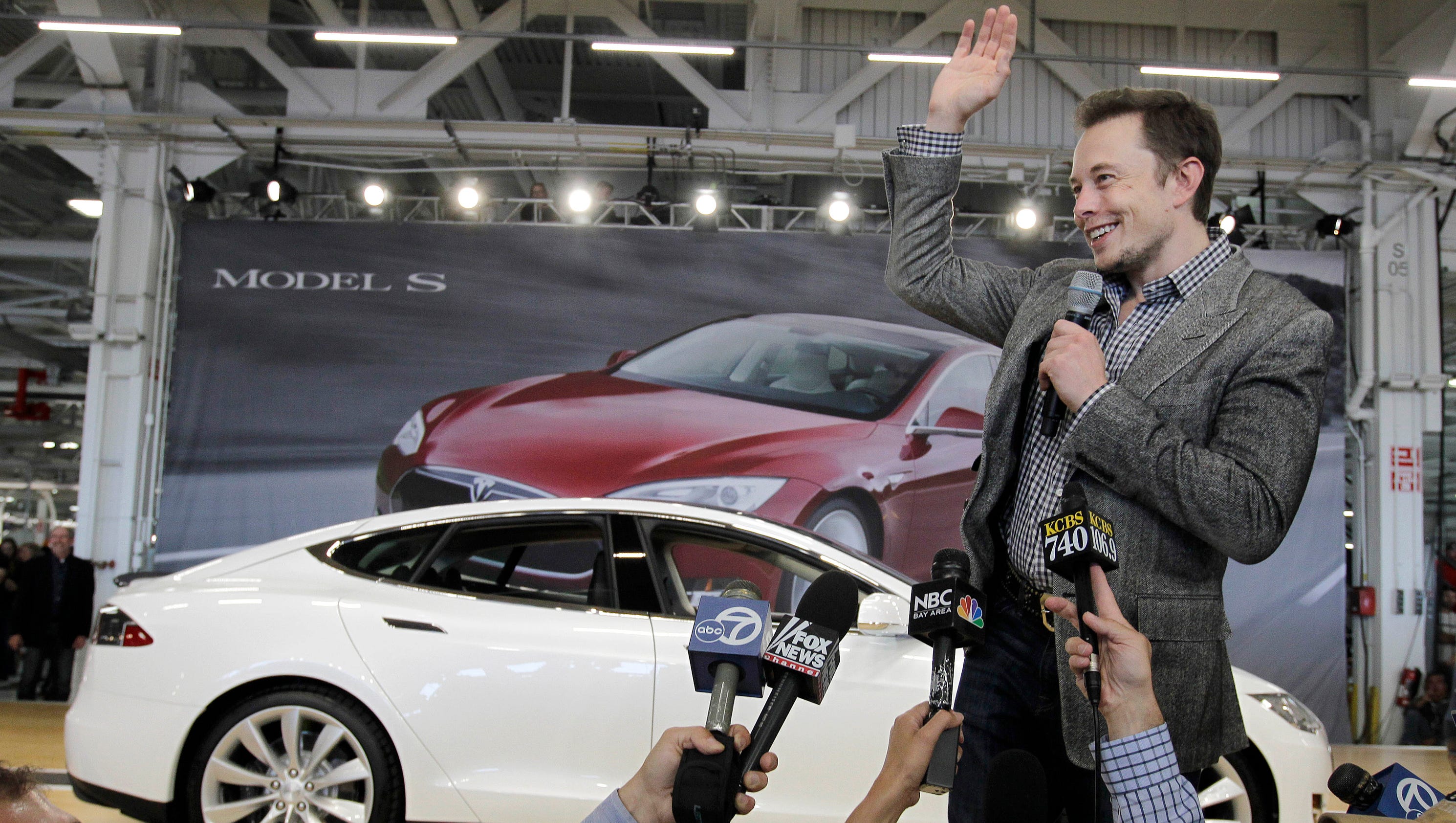There is a lot of attention being paid to the future of driving. We seem to be at a cusp point in the development and ubiquity of EV (electric-vehicle) and AV (autonomous vehicle) technology--especially with Elon Musk's launch of the Tesla Model3 as outlined in a previous post. But how close are we to electric vehicles and their emergent sibling the autonomous vehicle?
Google is working hard to get road laws changed in time for the launch of its autonomous vehicle, including the help of US Congress. Tesla's vehicles can easily upload software updates that render the vehicle fully autonomous at the drop of a hat. And Germany is far down the road in autonomous transport trucks completely overturning the transportation industry.
With all this excitement around EVs and AVs, there remain a host of issues that need to be thought through and designed for.
One issue is how cities will accommodate the interaction and activity of these vehicles. For, at least as they're currently designed, you'll be dropped off at the office, and the vehicle will drive away. Will it be driving around aimlessly, parked in parking lots, or picking up other passengers? Will the individual own the car, or will it be more like a mass taxi service? Elon Musk has sought to answer such questions with 'Summon', the feature that allows the owner to call the vehicle from anywhere--even across country--and it will pick the individual up. This is an issue that will put tremendous pressure on cities to design their roads and parking lots for.
What about congestion? Will driverless vehicles create more or less? If your car drives you to work and then picks up someone else in your drive-share program, one could see a scenario in which there is less congestion. However, the cool-factor and ease of an AV, coupled with the continued drop in price, could create a bizarre surge in traffic congestion as more people hop on board greater freedom of transportation.
Another issue is the design of cities in general that become more and more 'carless', provided the EV/AVs are parking themselves outside the city gates as it were. Jane Jacobs, a well-known urban theorist, made the distinction between cities designed for cars, and cities designed for people. A city designed for people has many ways for people to walk, bike, and generally move around the city; conversely, a city designed for cars is heavy on freeways and roads, and light on human-friendly places. With EVs and AVs taking up less city space, urban planners will be in an advantageous position to re-design cities to accommodate the movement and flux of people. But there is an underbelly to such a utopian dream: what happens during a time of catastrophe and your car is parked across town and can't get to you, or you can't get to it--lock down. And that gets to the important issue of control.
China is poised to introduce EVs and AVs en mass at a faster pace than North America. This has many people complaining about the lack of American innovation and ingenuity to beat out the Chinese, but there is a reason why China is so gung-ho about these vehicles--control. In an article in Market Watch, titled "Police Could Be Controlling Your Self-Driving Car," Martin Libicki--a senior scientist for the Rand Corporation--argues that self-driving vehicles (AVs) will have very sophisticated communications systems that will allow them to drive safely on roads. As the case with any system, they can be controlled, monitored, and hacked. For safety purposes, the majority of drivers will want their systems 'over-ridable' (for instance in the case of your son or daughter returning home drunk from a party); however, in the wrong hands, your vehicle could be wielded like a weapon against your will. Even if police officers are given authority to over-ride the security system of the vehicle, that's hundreds of thousands of people across North America with such power--a breeding ground for corruption (and, if you think about it, warranting the demand for Minority Report behaviour prediction technology that I covered in a previous post).
To me, this is a significant deterrent to self-driving vehicles and their ubiquity. I like to have control when I drive. I like to know I can lock the doors, drive wherever I want--within the boundaries of the law--and not be harassed unless I have broken the law. I liken such over-riding technology like the frustration I experienced in driving lessons when the instructor had the second brake at his disposal that he could hit at will--it drove me nuts! In an age of autonomy, we seem to be lulled into giving up control of our transportation for the false-promise of convenience. Don't get me wrong, I really like Elon Musk, and think Tesla's are the hottest vehicles out there; but there are flags being raised for me when I see the power third parties can have in the over-powering of these vehicles.
Putting dystopia aside, there is an opportunity here to explore new urban possibilities and design new kinds of urban spaces more facilitative of people over against cars. As the legal and logistical barriers continue to hold, there is an element of time for urban planners, designers, and even community folk to rethink and re-create their cities--something that's been an issues for decades since the advent of the automobile. What will these new cities look like? How will they be designed? Will there be enough time to do so? These remain critical questions in this limbo period of present and future.


This comment has been removed by the author.
ReplyDelete